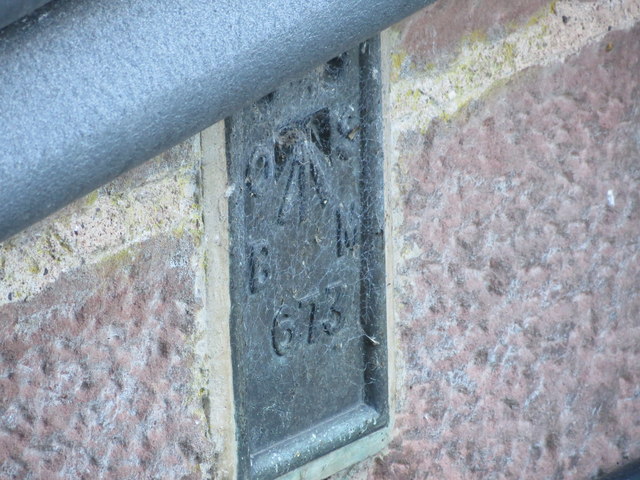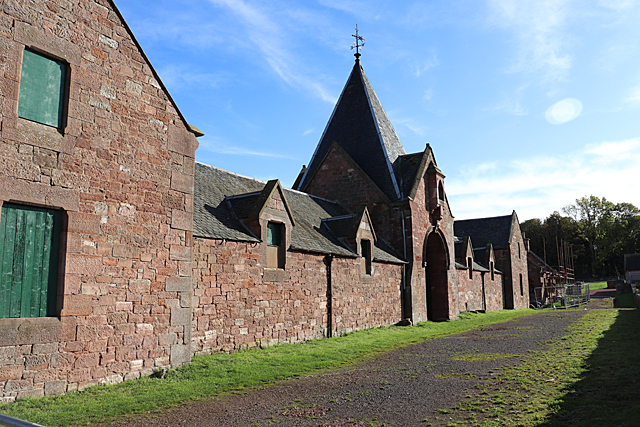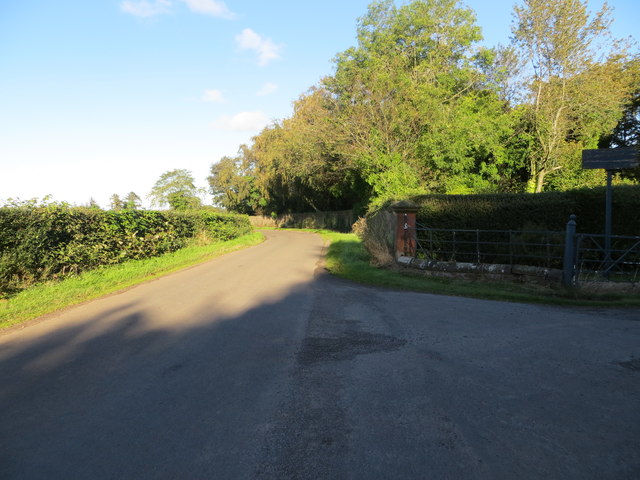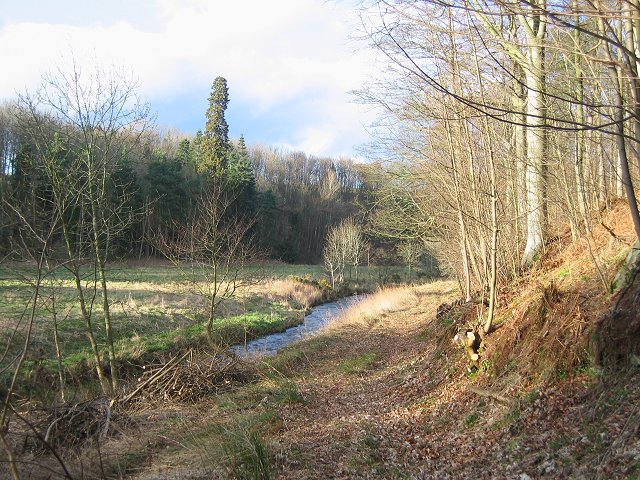Howdenflat Plantation
Wood, Forest in East Lothian
Scotland
Howdenflat Plantation

Howdenflat Plantation is a vast woodland area located in East Lothian, Scotland. Covering an area of approximately 500 acres, it is situated near the town of Haddington and is easily accessible from the A1 road. The plantation is predominantly made up of coniferous trees, including species such as Sitka spruce and Scots pine.
The woodland is managed by the Forestry and Land Scotland, and it serves a dual purpose of commercial forestry and providing recreational opportunities for the public. The plantation is part of a larger network of woodlands that form a green corridor, contributing to the overall biodiversity of the region.
Visitors to Howdenflat Plantation can explore the numerous forest trails, which offer stunning views of the surrounding countryside and provide opportunities for walking, cycling, and wildlife spotting. The plantation is home to a variety of wildlife, including deer, squirrels, and a wide range of bird species.
In addition to its recreational value, the plantation also plays an important role in carbon capture and storage, contributing to efforts in combating climate change. The forestry management practices implemented here aim to ensure the sustainability of the woodland, with careful consideration given to ecological balance and the economic benefits derived from timber production.
Overall, Howdenflat Plantation is a significant woodland area in East Lothian, offering a tranquil and picturesque setting for outdoor enthusiasts and nature lovers alike.
If you have any feedback on the listing, please let us know in the comments section below.
Howdenflat Plantation Images
Images are sourced within 2km of 55.948975/-2.6277279 or Grid Reference NT6073. Thanks to Geograph Open Source API. All images are credited.



Howdenflat Plantation is located at Grid Ref: NT6073 (Lat: 55.948975, Lng: -2.6277279)
Unitary Authority: East Lothian
Police Authority: The Lothians and Scottish Borders
What 3 Words
///papers.twisty.powering. Near East Linton, East Lothian
Nearby Locations
Related Wikis
Whittingehame
Whittingehame is a parish with a small village in East Lothian, Scotland, about halfway between Haddington and Dunbar, and near East Linton. The area is...
Whittingehame Tower
Whittingehame Tower, or Whittingehame Castle, is a fifteenth-century tower house about 2.5 miles (4.0 km) south of East Linton, on the west bank of Whittinghame...
Stenton
Stenton (Scots: Staneton) is a parish and village in East Lothian, Scotland. It is bounded on the north by parts of the parishes of Prestonkirk and Dunbar...
Pressmennan Lake
Pressmennan Lake is a lake in East Lothian in Scotland. It is an artificial reservoir constructed in 1819 by a Mr Nesbit who dammed the streams flowing...
Stoneypath Tower
Stoneypath Tower, is an L-plan tower house dating from the late sixteenth century, about 3.5 miles (5.6 km) south of East Linton, and east of the Whittinghame...
Garvald, East Lothian
Garvald is a village south-east of Haddington in East Lothian, Scotland. It lies on the Papana Water south of the B6370, east of Gifford. The combined...
Biel Water
The Biel Water is a river running through the Biel Estate in Biel, East Lothian. It runs for 4.5 kilometres from the Luggate Burn and the Whittinghame...
Traprain Law
Traprain Law is a hill 6 km (4 mi) east of Haddington, East Lothian, Scotland. It is the site of a hill fort or possibly oppidum, which covered at its...
Nearby Amenities
Located within 500m of 55.948975,-2.6277279Have you been to Howdenflat Plantation?
Leave your review of Howdenflat Plantation below (or comments, questions and feedback).





















